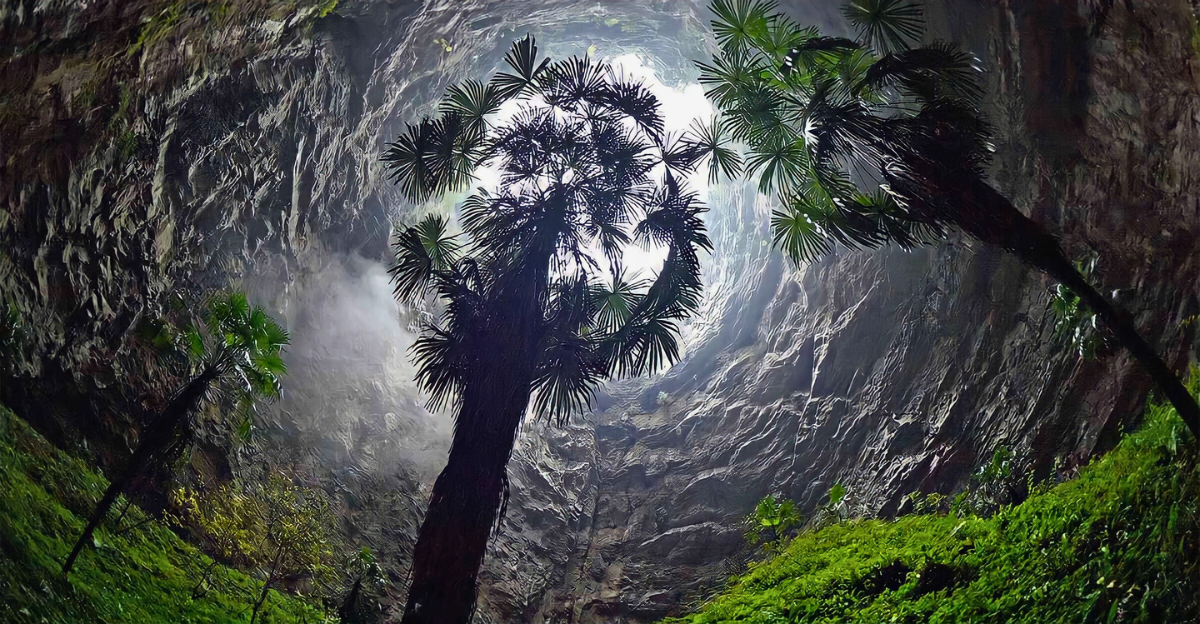
A remarkable discovery in northern Illinois has emerged, revealing a fossilized ecosystem that thrived over 300 million years ago. This ancient site is uncovering secrets of Earth’s distant past, showcasing a prehistoric landscape rich with diverse life.
With the insights gained from this fossilized forest, scientists are not only rewriting a chapter of geological history but are also reshaping our understanding of how ecosystems functioned in a world vastly different from today’s. Enthusiasts and researchers are drawn to the area, eager to learn more about the transformative implications of this discovery on our understanding of ancient ecosystems.
Illinois: A Time Capsule

Why did this spectacular find occur in Illinois? The state has a history of geological richness that has produced world-renowned fossil discoveries. However, the recently unearthed fossilized forest offers one of the most intricate views into an ancient landscape’s interconnectedness.
Unlike today’s expansive farmland, this area was once a lush wetland populated by vast plant life and unique animal species. As paleontologists delve into the layers of this fossil record, the complexity of ecosystem interactions starts to unfold, presenting new avenues of inquiry in our understanding of ancient North American landscapes.
A World Beneath Our Feet
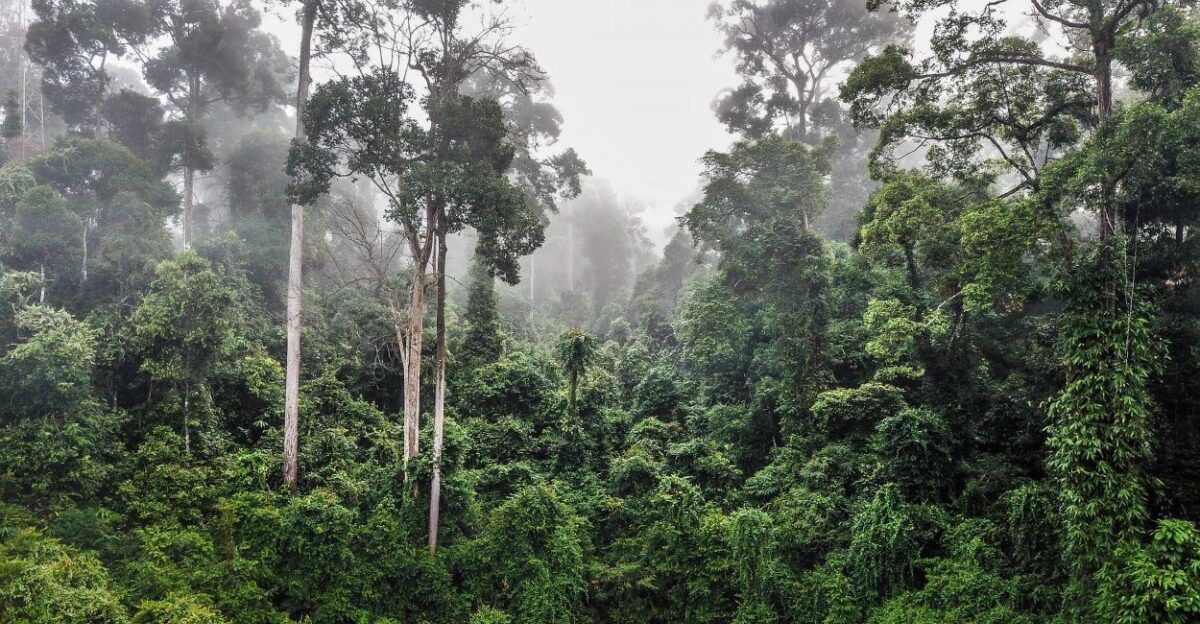
During the Carboniferous Period, approximately 300 million years ago, Illinois was situated near the equator, characterized by a drastically different climate. The landscape was dominated by tropical swampy forests, unrecognizable by current standards. Shallow seas sprawled across the region, creating a nurturing environment for abundant plant life.
“Understanding this period is vital,” notes local historian Mary Hartman, “because it led to the formation of major coal deposits globally.” As researchers continue to piece together these ancient ecosystems, they paint a colorful picture of a world thriving with life beneath layers of earth that have long since formed.
Treasures of Mazon Creek
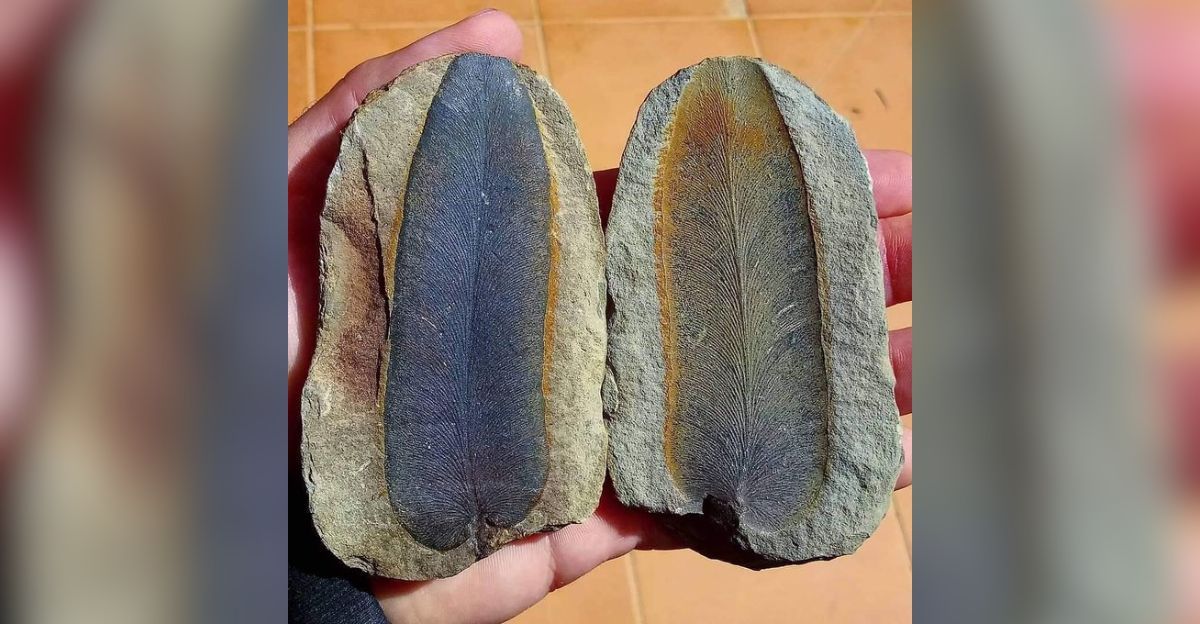
Nestled just outside Chicago, the Mazon Creek fossil beds are celebrated for their exceptional preservation of both flora and fauna. Over decades, these beds have sparked the curiosity of paleontologists keen on unraveling the mysteries of Illinois’ ancient “rainforest” environments. Their unique geological formations allow scientists to observe and study specimens in unprecedented detail.
As researcher Tom Bennett puts it, “Every fossil tells a story, a piece of history frozen in time.” With this rich repository, paleontologists are meticulously reconstructing the lush landscapes that once flourished in this part of the world, giving us a tangible connection to our planet’s past.
The Discovery That Changed Everything

In July 2025, research teams made groundbreaking findings by identifying a “rainforest ecosystem” beneath the layers of Illinois soil, reconstructed from significant fossil evidence found in the Mazon Creek site. Utilizing advanced data analysis and imaging techniques, scientists successfully described three unique paleoenvironments that presented a sophisticated, interconnected Carboniferous forest.
“This is an exciting revelation,” stated Jim Schiffbauer, Professor of Geological Sciences, as it captures a real snapshot of ancient biodiversity. “The complexity we’ve uncovered is astonishing.” This pivotal moment reshapes not only our understanding of ancient ecosystems but also their relevance to modern environmental challenges.
The Ripple Effect

Northern Illinois has now positioned itself as a hub of paleontological research, attracting international attention from scientists and institutions eager to study this newly revealed ancient landscape. The fossil site has sparked renewed interest in the geological attributes of the region, turning it into both a focal point for scientific inquiry and an excitement for local tourism.
“Our whole community can benefit from this discovery,” shares local business owner Laura Tran, “as visitors flock to learn about our site’s unique history.” This enthusiasm underscores the potential of the fossil beds to elevate both education and local economic growth.
Insights from the Experts
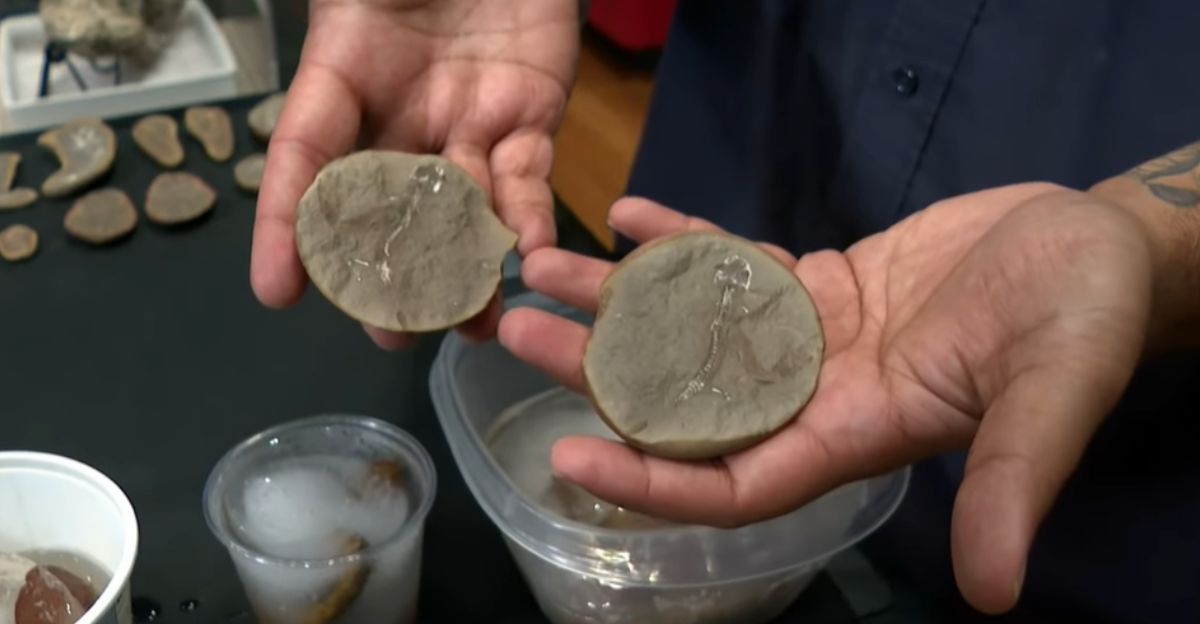
Jim Schiffbauer, leading the research team, communicated the importance of their findings, stating they had identified three distinct paleoenvironments, including a benthic marine assemblage, indicative of transitional habitats. “This isn’t merely about fossils,” he emphasized, “it’s a glimpse into an era of rich diversity. We’re learning about inter-species interactions and how ecosystems thrived millennia ago.”
These observations provide a substantial contribution to the field of paleontology, altering our perceptions of ancient life and its complexities. The insights gleaned offer a dynamic understanding of the diverse ecosystems that existed before us, reshaping historical narratives surrounding biodiversity.
Learning from Global Perspectives
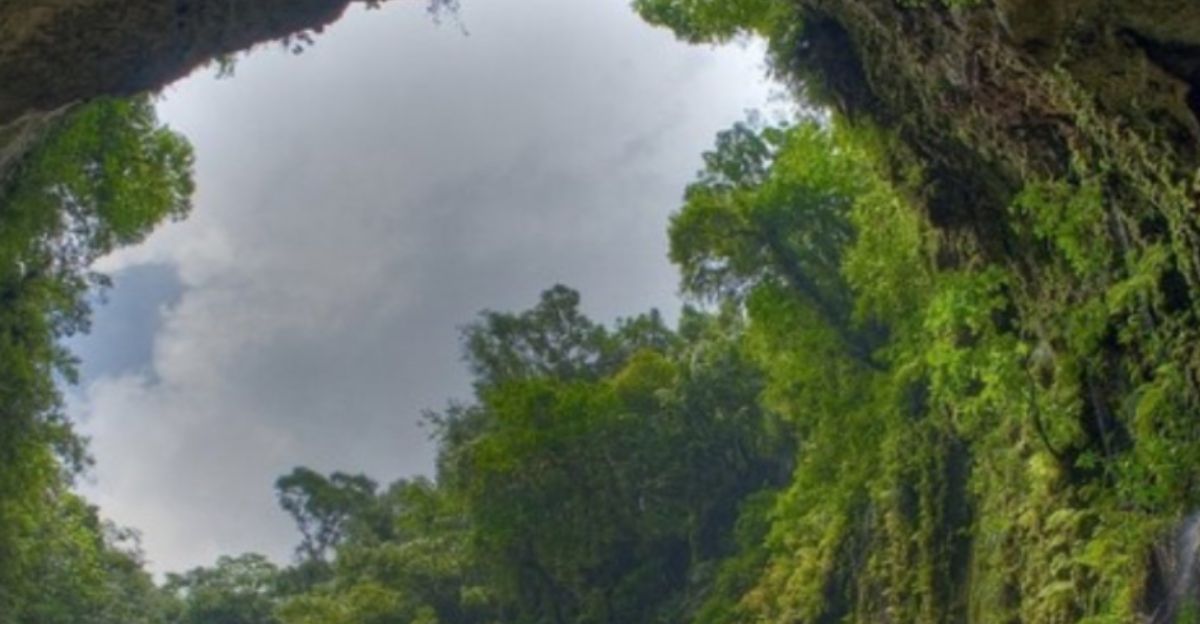
While notable fossil sites, like Joggins in Canada and areas of the Amazon basin, have provided valuable insights into ancient rainforests, many experts agree that the fossil records from the Mazon Creek beds stand out for their quality and diversity. “It’s extraordinary how well-preserved these fossils are,” remarked researcher Emily Chen.
The findings from Illinois are now seen as a benchmark in the comparison of ancient ecosystems. Scientists globally are looking towards these findings as reference points for understanding ancient environments, exploring how ecosystems were structured and how they interacted over millennia.
The Bigger Picture
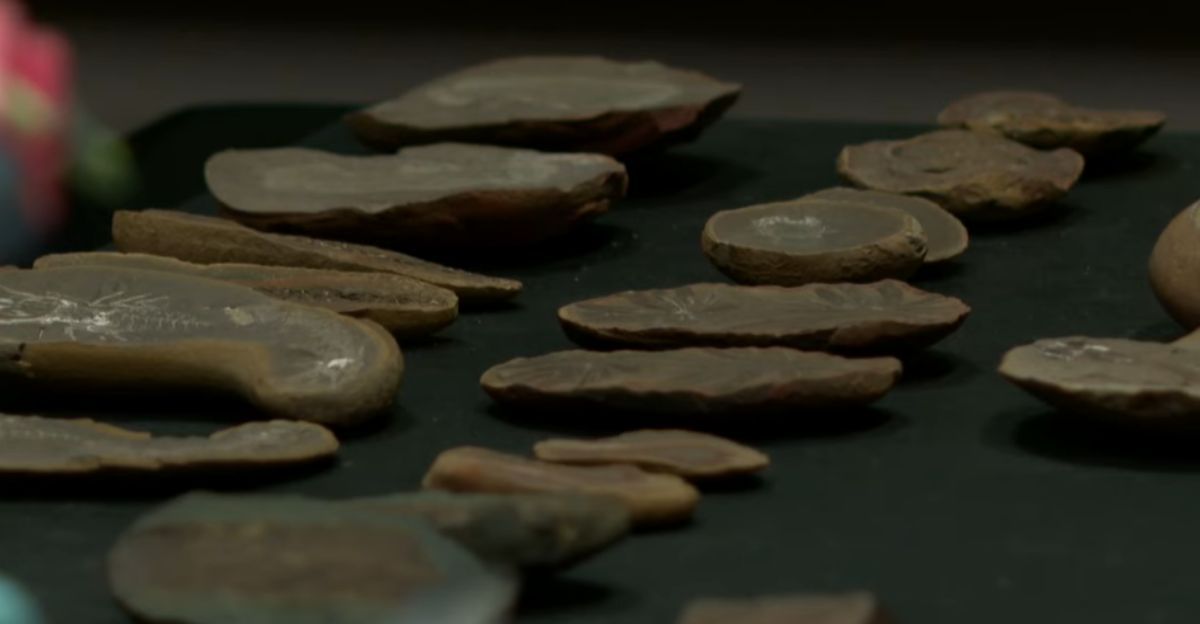
The discovery of Illinois’ ancient rainforest fits into a broader scientific narrative striving to unravel the intricacies of Earth’s climate, vegetation, and ecosystem evolution spanning hundreds of millions of years. Understanding these past environments is crucial to our present, especially in the context of ongoing climate change.
“Learning from ancient ecosystems can guide current conservation efforts,” states climate scientist Dr. Sarah Morgan. By studying natural processes that shaped our planet’s history, scientists can glean insights into the ecological responses needed to mitigate the impacts of today’s environmental challenges and inform future restoration efforts.
Microbes: Unsung Heroes
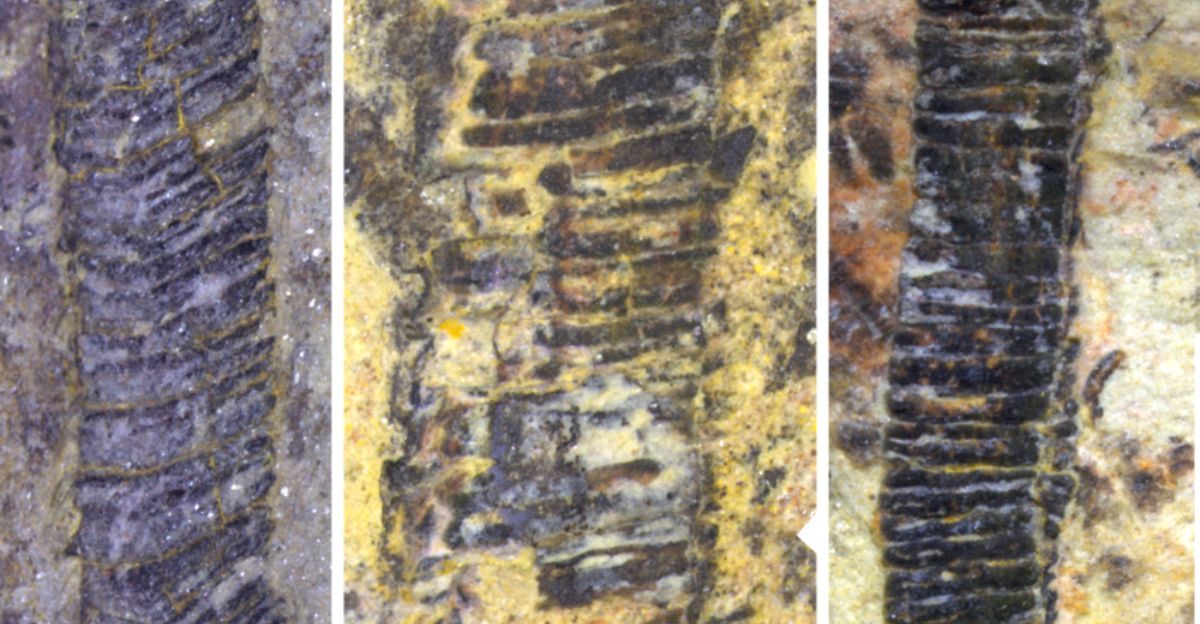
Recent imaging data have revealed that ancient microbes also played a crucial role in fossil preservation at Illinois’ fossil sites. These microbial processes contributed to the mineralization of organic materials, effectively encapsulating organisms before they could decay.
“The role of microbes is often overlooked,” explains researcher Dr. Alice Kim, “Yet, their involvement can reshape how we approach fossil discovery techniques.” This pivotal realization not only highlights the complexity of ancient ecosystems but also opens new avenues for future research, emphasizing the importance of microorganisms in early life processes and fossilization that has long fascinated scientists.
Navigating Scientific Discussions
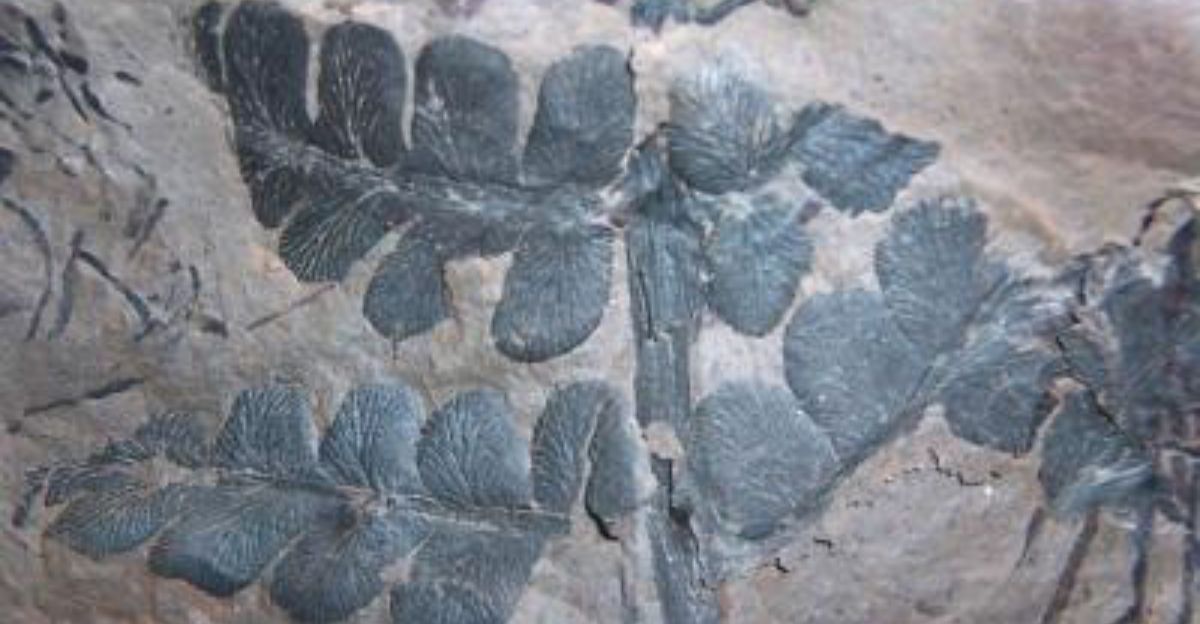
While excitement abounds regarding the discoveries from Illinois, researchers remain cautious. Debates continue over whether the ancient forest truly qualifies as a “rainforest” or should be categorized as a swampy floodplain forest. “The terminology matters,” notes geologist Mark Hillman, “as it frames our understanding and the ecological implications.” Ongoing studies are employing geochemical, botanical, and climate proxies to test and refine these hypotheses continually.
Recognizing the nuances within our language of ancient ecosystems is crucial as it shapes both academic discourse and the public’s understanding of fossil evidence and ecosystem dynamics.
Collaborative Efforts Take Flight
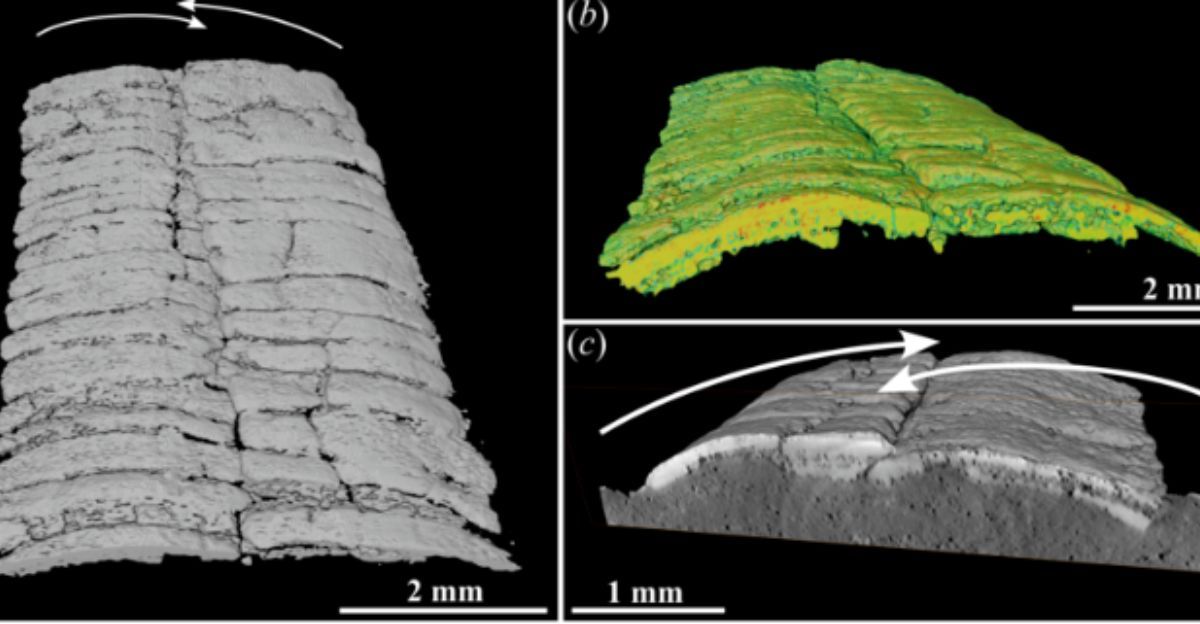
The groundbreaking discoveries in Illinois are the result of collaborative efforts led by the University of Missouri, alongside multiple institutions and experienced teams, all building on the foundational work of geologist Gordon Baird. “What we’re witnessing is a new era in our understanding,” shares university researcher Dr. Laura Speck.
This multidisciplinary approach highlights the importance of teamwork and varied expertise in uncovering the secrets of the environment that lay hidden for centuries. Such collaborative endeavors are not only bringing to light significant findings but also inspiring future generations of scientists to explore the depths of Earth’s history.
Education and Outreach: A New Initiative
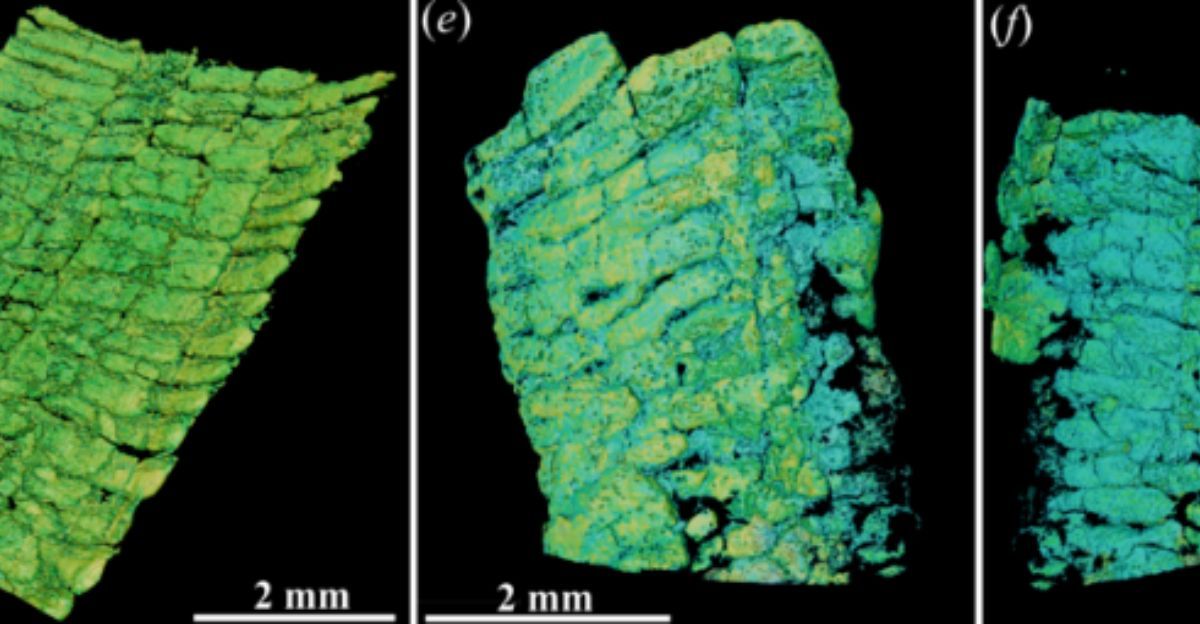
In light of this incredible discovery, Illinois museums and state parks are ramping up educational initiatives and outreach programs. The aim is to engage the community and inspire future generations of scientists. “Our goal is to make science accessible, especially with such a significant local finding,” stated park ranger Joe Finch.
This includes updating fossil exhibitions and workshops to include novel visuals and research stemming from Mazon Creek studies. By igniting curiosity and fostering a love for science among young people, these programs aim to cultivate the next wave of environmental stewards and researchers.
The Expert Consensus
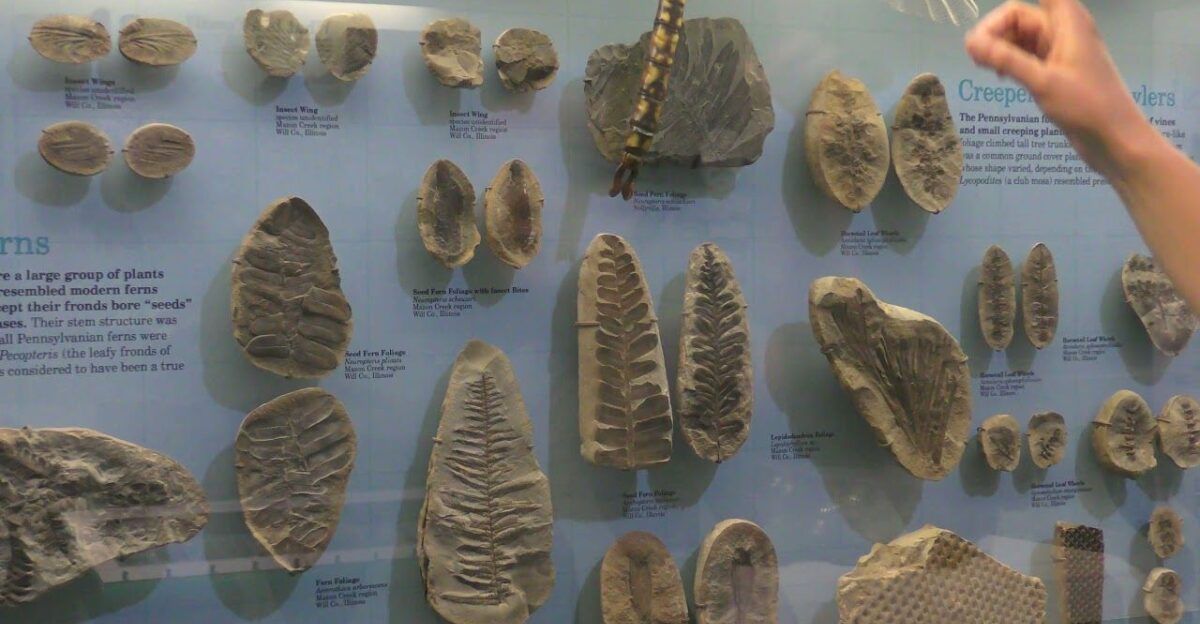
The fossil find at Mazon Creek has been described as “unparalleled” in evidence quality. Dr. Jane Evans, a leading paleontologist, emphasized, “The site preserves a level of biodiversity that just can’t be found elsewhere.” The breadth and depth of fossils collected from this area offer a remarkable window into ancient life, challenging existing assumptions while calling into question how we perceive evolutionary and ecological histories.
These findings not only excite the scientific community but also resonate with a broader audience keen on understanding their connection to Earth’s past and future.
A Turning Point for Conservation
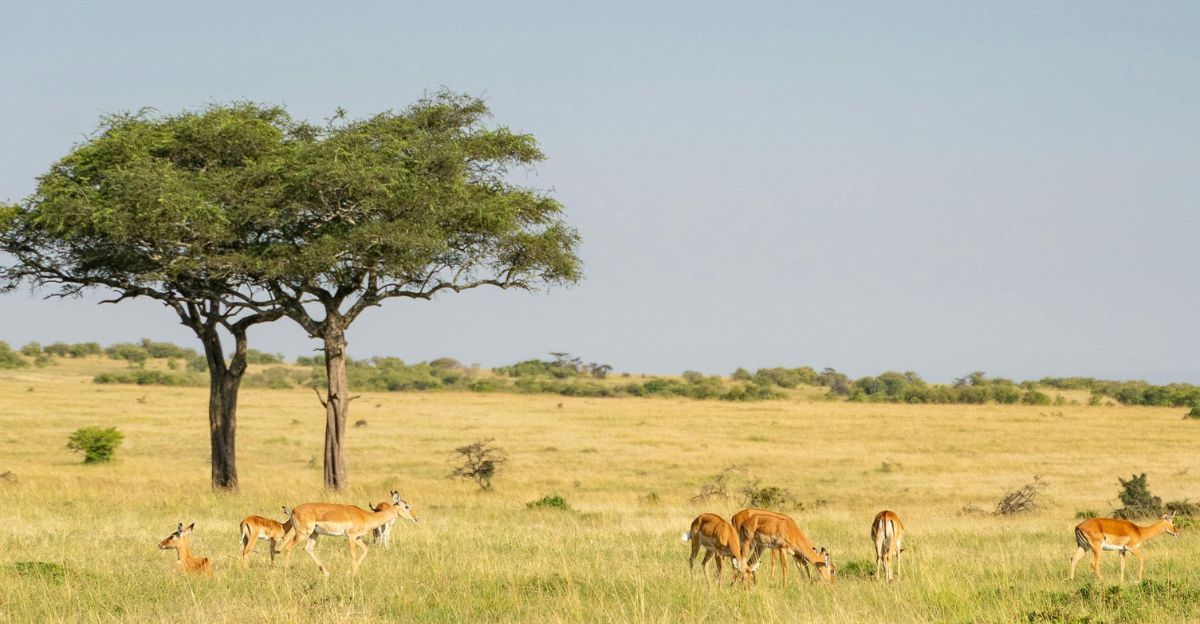
As discoveries continue to emerge, the implications for conservation efforts are profound. Understanding how ancient ecosystems thrived may inform contemporary approaches to preserving biodiversity in the face of climate change. “Nature has always adapted; studying these ancient processes can help guide how we protect today’s ecosystems,” remarked ecologist Lisa Green.
By integrating lessons learned from the past, scientists hope to create effective conservation strategies that foster resilience in modern ecosystems. This turning point in research fosters hope for our planet’s ability to adapt while forging pathways for sustainable coexistence with nature.
Community Engagement
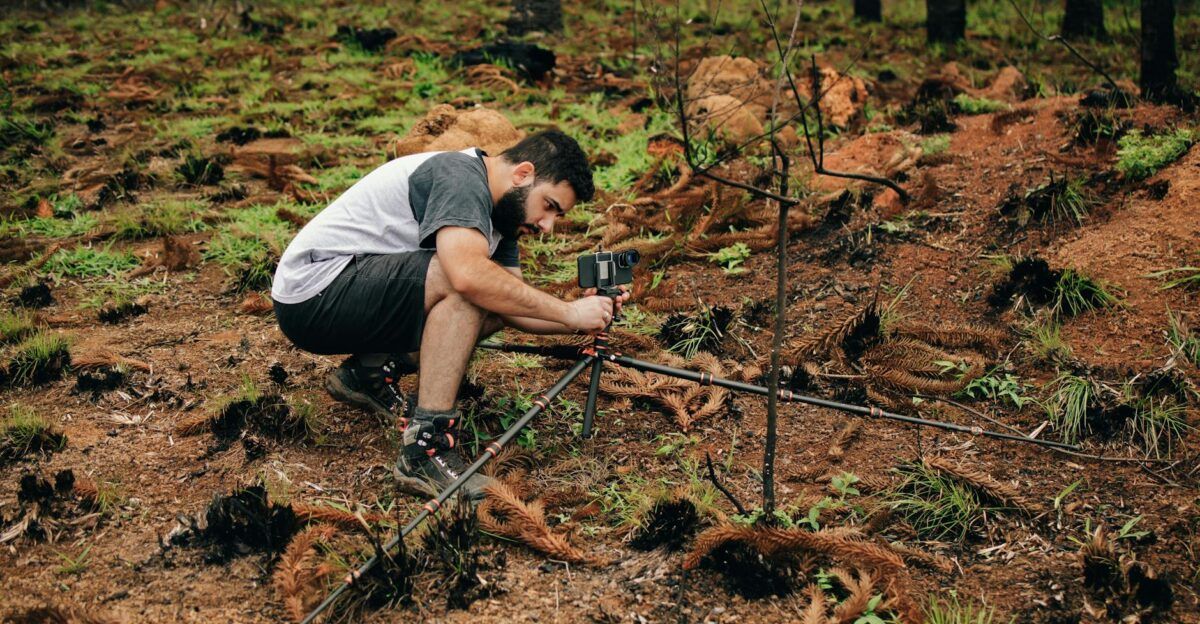
Local communities are also stepping up to engage with this discovery in meaningful ways. Community members are participating in cleanup efforts, citizen science projects, and educational workshops aimed at understanding their local geology. “Getting involved has deepened our connection to the land,” expressed farmer John Avery.
By encouraging communal participation, the initiative fosters a sense of ownership toward the region’s ecological health. This connection to Illinois’ geological narrative transforms understanding, enriching not just scientific inquiry but also the lives of residents who call this unique place home.
Looking Ahead: Future Research Directions

Looking to the future, researchers are excited about the potential for further discoveries in this area. There is a renewed focus on interdisciplinary approaches that incorporate geology, ecology, and climate science. “The possibilities for expanding our understanding of ancient life are endless,” noted geologist Sarah Patel.
By leveraging advanced technology and inviting new perspectives, scientists are poised to uncover more about the environmental dynamics of ancient habitats. Continued exploration within Illinois’ fossil beds fuels anticipation for illuminating findings yet to come, paving the way for the field of paleontology to grow and thrive.
Engaging Young Minds
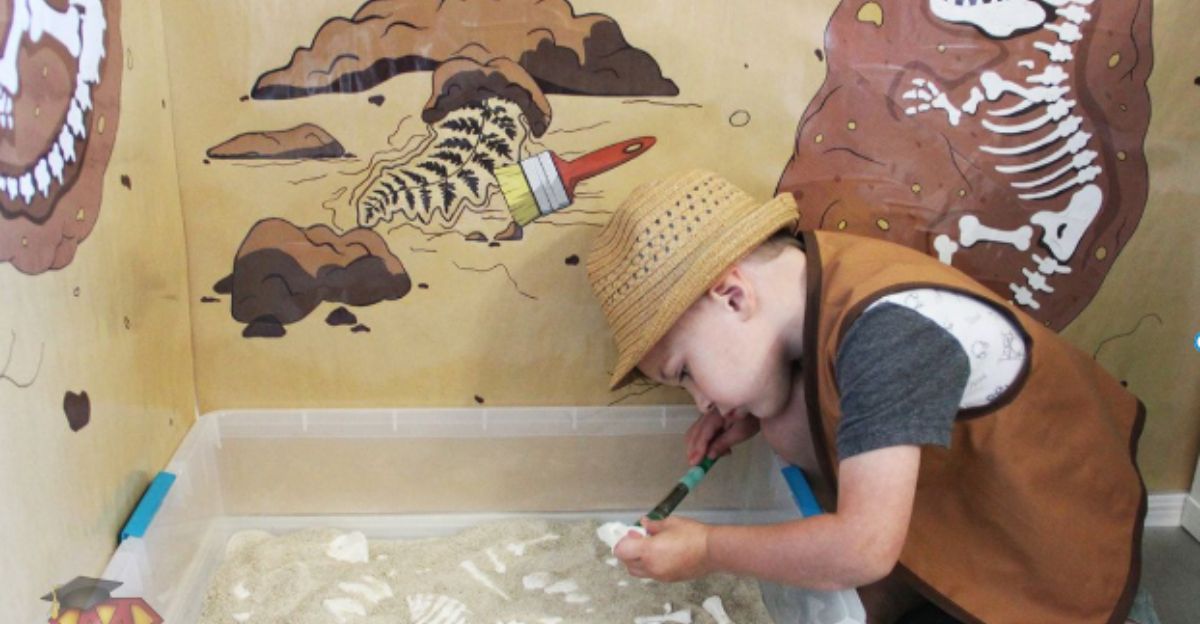
As this discovery captivates scientists, there is also a concerted effort to inspire young minds through educational outreach. Schools are integrating lessons about paleontology, ecology, and conservation into their curriculums. “Making these topics relevant encourages kids to think critically about their environment,” remarked science educator Tina Moore.
By engaging students in hands-on learning experiences, educators hope to spark interest in STEM fields, nurturing future generations who will carry on the work of understanding and preserving our planet’s intricate ecosystems. This initiative is vital for shaping informed and passionate future scientists.
Celebrating the Journey

The remarkable journey of uncovering Illinois’s ancient fossilized ecosystem serves as a reminder of the ongoing relationship between humanity and nature. As scientist Robert Becker eloquently states, “Every discovery we make deepens our respect for the Earth.”
The challenges and triumphs witnessed during research exemplify the dedication needed to understand our planet’s past and its implications for the future. As the findings continue to unfold, the desire to celebrate and learn from these stories grows, prompting us to reflect on our role in the stewardship of our natural world.
A New Narrative Begins
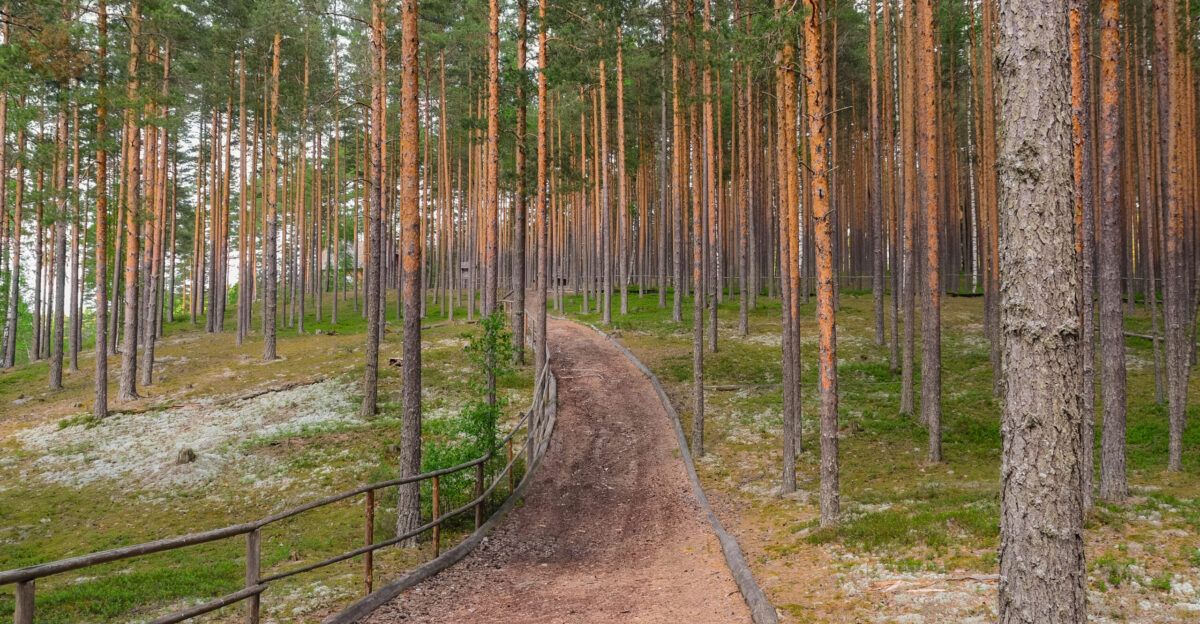
As the world looks toward the future, the revelations from the Mazon Creek fossil beds have redefined perceptions of ancient ecosystems. The interconnected nature of life that once thrived here deepens our understanding of ecological resilience and adaptation. “This is just the beginning of a new narrative,” enthused Dr. Jane Evans.
With the synthesis of research efforts and community engagement, there lies incredible potential for fostering a holistic environmental perspective that resonates globally. Together, we can learn from the past, inspiring actionable steps toward a sustainable future where nature and humanity can thrive in harmony.